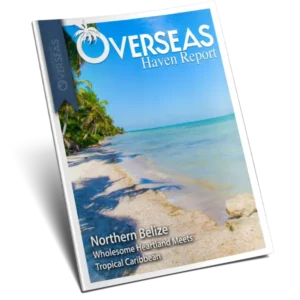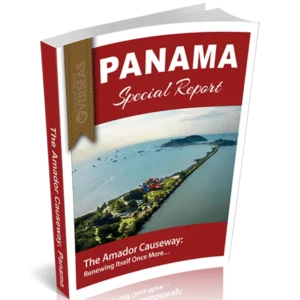El Corazón De Panamá: The Azuero Peninsula
As Panamanians say, “Azuero es el corazón de Panamá” (“Azuero is the heart of Panama”). This region is the cradle of Panamanian folklore, a lifeline to customs, traditions, festivals, and agriculture. The Azuero Peninsula’s history dates back to the pre-Colombian era, with much of its customs and folklore passed down from the 17th and 18th centuries during Spanish colonial rule. Spanish colonial architecture, with its terra-cotta roofs, dots the landscape, and quaint villages offer a picturesque snapshot of early Spanish times.
Located in the Arco Seco (the dry arch), the peninsula’s environment is drier than the rest of the country, attracting many expats with its year-round warm climate. The people make the Azuero Peninsula special, always greeting friends, neighbors, and strangers warmly with smiles and greetings like “buenos días” or “¿cómo estás?”
The Azuero Peninsula has never been a heavily touristed area. Towns here draw visitors mainly during special times of the year for local carnivals, crafts, or cultural celebrations. Panama’s Tourism Authority (ATP) has recognized the potential of the Azuero Peninsula, promoting locations like Parita, Las Minas, Chitré, Pedasí, and Las Tablas as tourist destinations. However, visitors should not expect much help from local tourism offices, as announcements about events are often made on the day they occur.
Despite its under-the-radar status, the Azuero Peninsula remains a gem, offering a unique blend of rich cultural heritage, Spanish colonial charm, and a welcoming community.





